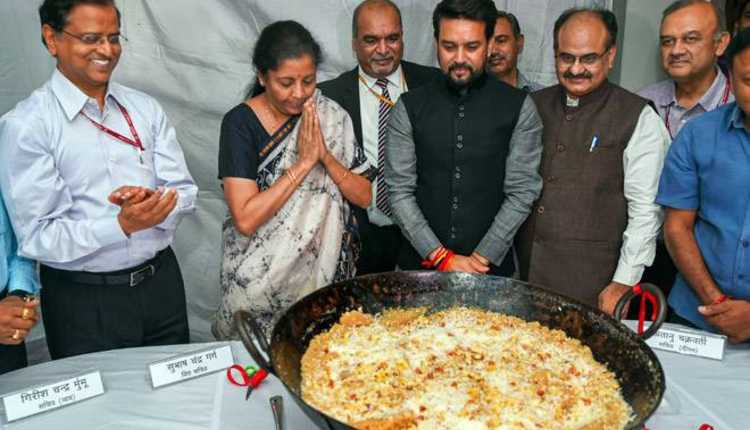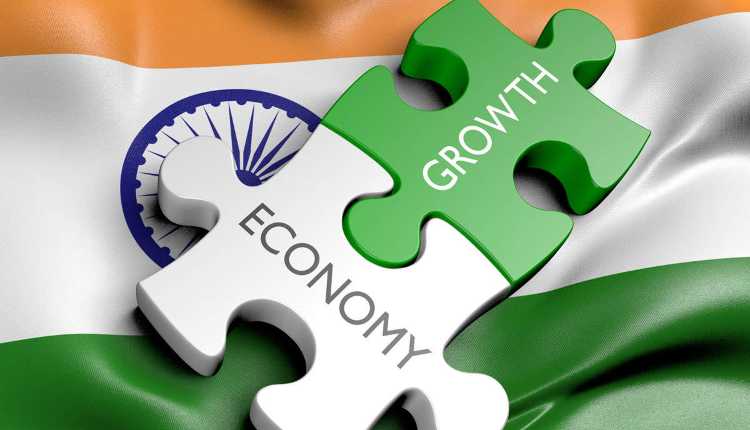A Budget is an estimation of one’s income and expenditure within a time period. Simplifying the first question generally, asked, “What is the Union Budget?” It is the estimation of receipts and the expenditure of the Government of India which is presented in the parliament. However, in union budget vs finance budget – Union budget is for the country economy, and Finance budget is for the business on long- and short-term criteria. The common similarity in union budget vs finance budget is – both ensures optimum utilization of cash flow.
The article will deal with the union budget of India and the steps included in passing the budget.
What is the Union Budget? – Constitutional Provision
According to Article 112 of the constitution, the annual financial statement is prepared, consisting of all the estimated receipts and expenditure of India’s Government for that particular financial year. This is called a Budget which is passed starting of every financial year. Hence, it is a mandatory bill.
Till 2016 there were two separate budgets – the General and railway budget. Now, on the recommendations of the Bibek Debroy Committee, a single budget is prepared.
What’s need to pass a budget?
The Government performs various activities throughout the year example: policies, schemes, etc.; proper planning, resources, and money is needed for its implementation. This money comes from the consolidated fund of India, which under Article 114 of the constitution specifies that “No Grant of funds from the consolidated fund of India can be made without a due appropriation from the Lok Sabha“.
Therefore, this budget is introduced in the Lok Sabha.
Process of Union Budget in India
The whole process of the union budget in India has divided into three phases the pre-budgetary process, halwa ceremony, and the steps for enactment of the budget in parliament.
Pre-Budgetary Process
- The Department of Economic affairs sends a budget circular to all the ministries for the preparation of the Demand of Grants. It is sent in August-September for next year’s preparation.
- The Department of Revenue organizes various meetings for discussion regarding the budget, which are called the Pre-Budgetary Meetings.
- Then finance ministry collects all the record which is presented to the Cabinet.
- After their approval, it is sent to the Secretary-General of Lok Sabha, who then asks approval of the Speaker of Lok Sabha to start the budget session.
After the pre-budgetary meetings, a traditional sweet dish is made before the commencement of the printing process of the documents. The sweet dish is “Halwa” which is prepared in a “Kadhi”. Hence, it is named Halwa Ceremony.
Halwa Ceremony

- In this ceremony, all the officials who were part of the budget-making process are served halwa.
- Then go to the basement of the North block of the finance ministry (around 10 days) till the Finance minter announces the budget in the parliament (as budget is a money bill).
- It is done as the budget is kept secret till its final announcement.
After the Halwa Ceremony, the process of presenting the budget in the parliament commences.
Steps in the enactment of the budget
Stage 1: Introduction of Budget in Parliament
- A customary budget speech is given, which introduces the budget in the Lok Sabha.
- There is no detailed discussion or debate, as it is only an introductory stage. Then copies of the budget are sent to all members, economists, etc.
- The same process happens in Rajya Sabha as well.
- After 2-3 days, a closing statement is given, which marks the end of the introductory stage.
- The session is suspended thereafter.
Stage 2: Consideration Stage
- Department Related standing committees study the budgetary proposals during the suspended period.
- For Example Department of Home affairs studies the demand for grants for Home affairs, development of the northeastern region.
- There are 24 department-related committees.
- In these committees, both members of the Lok Sabha and Rajya Sabha sit together. The number of Lok Sabha members is 21, and that of Rajya Sabha is 10. Hence, total members are 31 in these committee’s
- One member is elected for one year. They can even be re-elected.
- These committees are important for the budgetary proposal study as they increase the work participation of various members, examine the work of ministries.
- After the full study, the report is sent to parliament.
- However, this report is not binding on the parliament.
Stage 3: Voting
The speaker of Lok Sabha first introduces a motion for voting on the Demand for Grants. This stage only takes place in Lok Sabha and not Rajya Sabha. During the voting, the opposition can introduce Cut motion.
The cut motion is three types: policy cut motion, Economic cut motion, and Token cut motion.
- Policy cut motion – The opposition says the policy is bad, hence, rejects the policy.
- Then there is debate, discussion, and voting on this motion. If Yes is greater than No, it means that the policy is rejected.
- This motion is deemed to be passed, and Re 1 is granted for that grant’s specific demand.
- Economic Cut Motion – Less amount to be provided than the amount which is requested. For Example: 1 lakh crore(requested) – 30 lakh crore(deducted) = 70 lakh crore(granted)
- Similar process as above (Debate, Discuss, Voting). If Yes is greater than the No, this motion is deemed to be passed.
- Token cut Motion –The opposition asks to fine them. A fine of 100 Rs. is imposed, and the rest demanded money is granted.
On the last day of the budget session, all the demand for grants is picked up by the speaker. He asks- Any cut motion? Then by direct voice vote, the budget is deemed to be passed.
This process is called the Guillotine process.
Stage 4: Passing of Appropriation Bill
- After some changes, if any, by the Government, a revised bill is formed, which is known as the Appropriation Bill.
- There is no debate or discussion on this bill, and it is deemed to be passed in Lok Sabha.
- It is sent to Rajya Sabha. They have two options either pass the bill or give recommendations.
- However, the recommendations are not binding. Within 14 days, the bill is deemed to be passed in Rajya Sabha.
- It is then sent to the President for his assent. Hence, it becomes an Appropriation Act.
- Now, all the ministries can take money from the consolidated fund of India.
Stage 5: Passing of finance bill
- In the last, tax payer’s proposal is passed. It is usually never debated. It is sent to the President for his assent.
- Now, the citizens pay taxes which is used for the consolidated fund of India.
Supplementary Budget –Some changes to be done in ordinary passage of time.
Interim Budget –Any large changes to be done, the whole budget is passed again.


